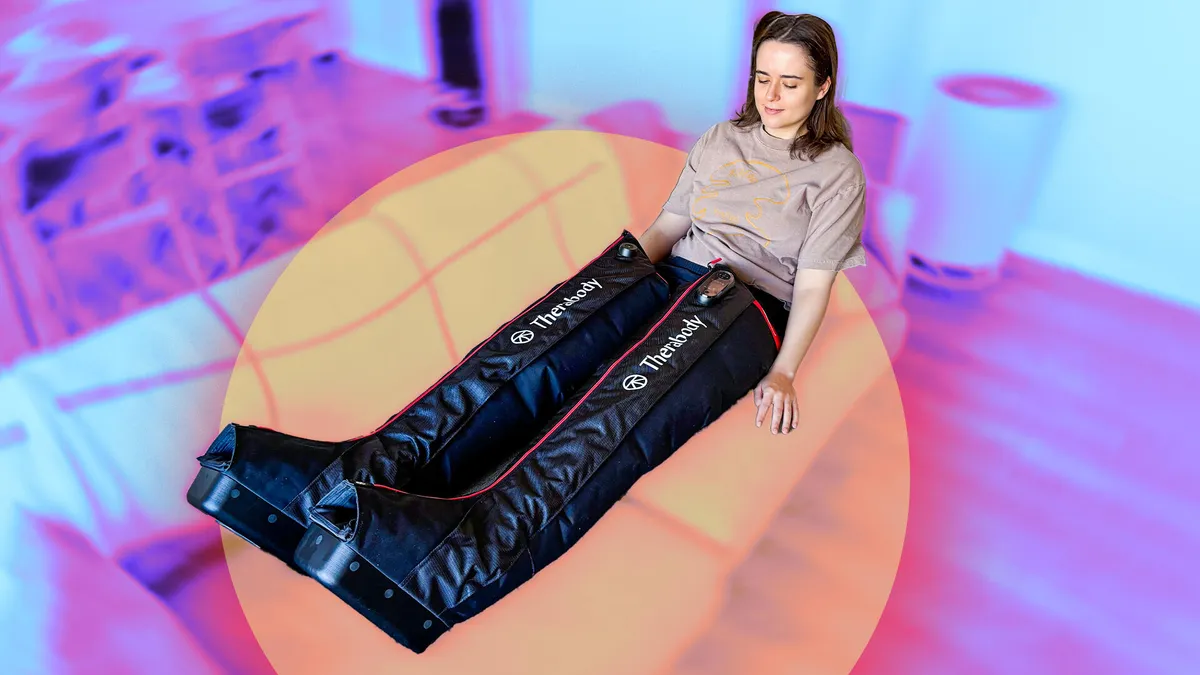Copyright Staten Island Advance

On Sunday, Daylight Saving Time ended at 2 a.m. That’s the time when we “fall back’' by setting our clocks back one hour, and darkness falls a full hour earlier at day’s end. On this day, we welcome an extra hour of sleep before our usual wake-up time and sunset arrives an hour earlier than it did on Saturday. Daylight Saving Time will return on March 8, 2026, when we “spring forward.” The extra hour of sleep might benefit those participating in Sunday’s TCS New York City Marathon, which starts at 8 a.m. on the Staten Island side of the Verrazzano-Narrows Bridge. Or it could cause confusion for those who have manual clocks and failed to change the time. What clocks reset themselves? But most people today rely on smartphones, laptops and smartwatches to keep track of time. These devices rely on GPS satellites to keep time, so they reset themselves — if the “set automatically‘’ function is selected. Apple devices and alarms will automatically adjust and wake us at the new current time, reflecting the time change, according to Apple Support. Android phones will do the same, according to Android Central. Unless you have a really old Android phone or if you have previously altered the time and date settings, you shouldn’t have to do anything to adjust it to Standard Time, the customer service site stated. Many may also set themselves according to atomic clocks. That’s how they adjust when we travel into different time zones once they are taken out of airplane mode upon arrival. Once that’s taken care of, the next order of business is adjusting our body to the time change, bringing brighter mornings and darker evenings. Our days in the Northern Hemisphere will continue to see less sunlight until the winter solstice on Dec. 21. That’s when daylight starts to last a bit longer. We’ll return to Daylight Saving Time on March 8, 2026, and days will continue to get longer until June 21, 2026, the summer solstice. Not all fans Reviews are mixed about the benefits of switching back and forth from Daylight Saving Time to Standard Time. A recent study by Stanford medical researchers confirmed long-term hazards to health related to the time changes due to the effect on our bodies’ circadian rhythm. Circadian rhythm is the body’s internal clock, roughly 24-hours long,, which regulates many physiological processes. The researchers estimated that permanent Standard Time would prevent about 300,000 cases of stroke per year and result in 2.6 million fewer people having obesity. Permanent Daylight Saving Time would have a similar effect, with 2/3 fewer cases, the researchers found. Supporters of permanent Daylight Saving Time say more evening light saves energy, reduces crime, and gives people more sunshine for after-school sports and leisure time after work. Golf courses and open-air malls are big proponents of keeping Daylight Saving Time. Proponents of permanent Standard Time say morning light is optimal for health, and we lose it when we “spring forward‚" into Daylight Saving Time. Several sleep-related organizations, such as the American Academy of Sleep Medicine, the National Sleep Foundation and the American Medical Association, have endorsed year-round Standard Time. The human circadian cycle is not exactly 24 hours — for most people, it’s about 12 minutes longer — but it can be modulated by light, researchers say, stressing that people generally need more morning light and less evening light to keep well synchronized to a 24-hour day.



